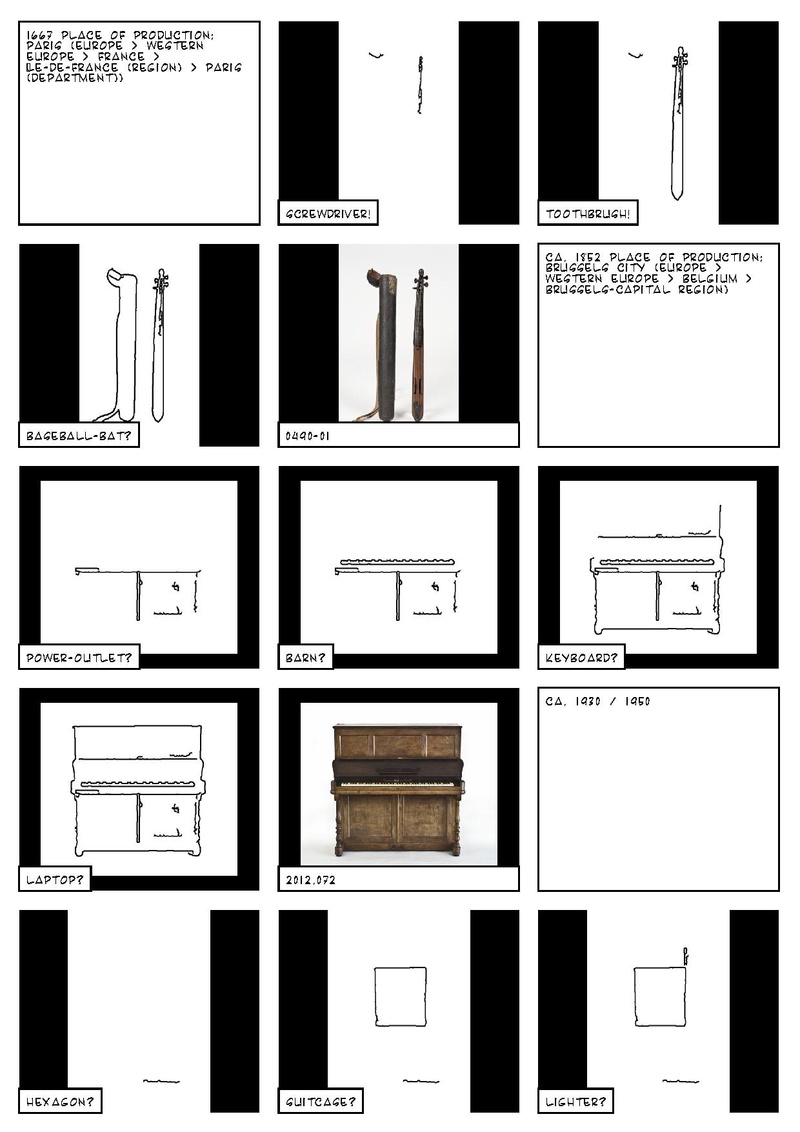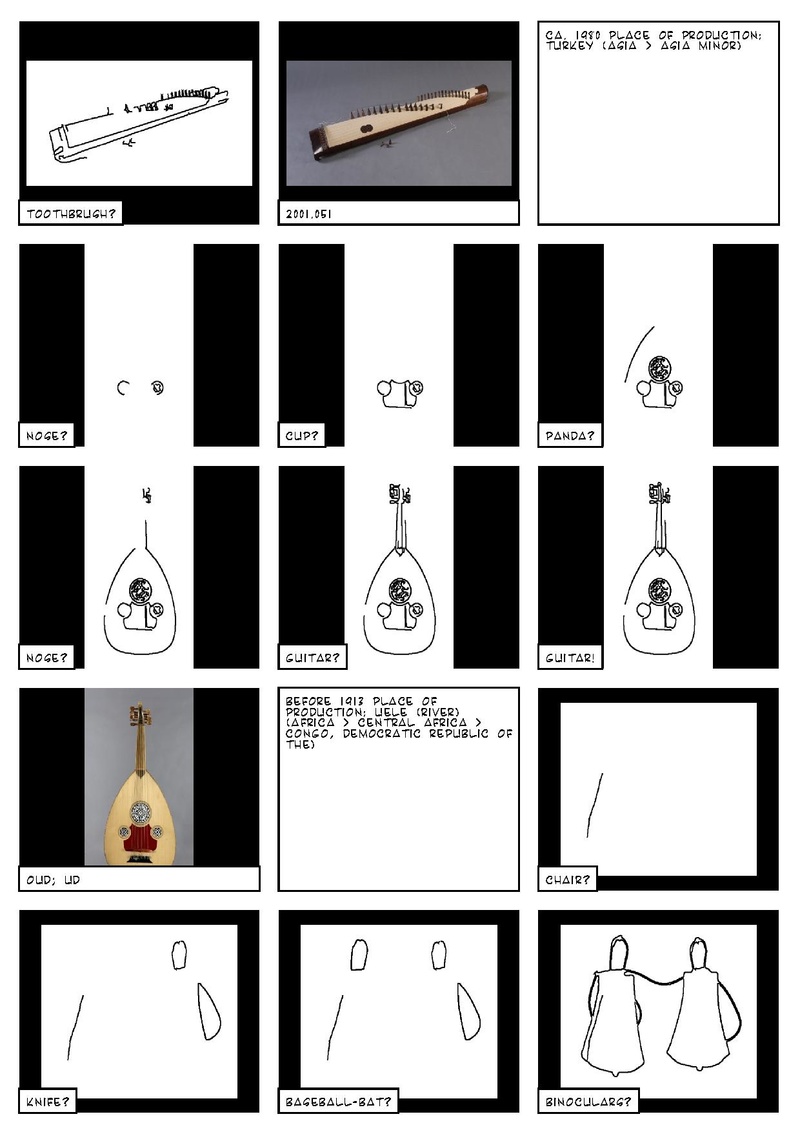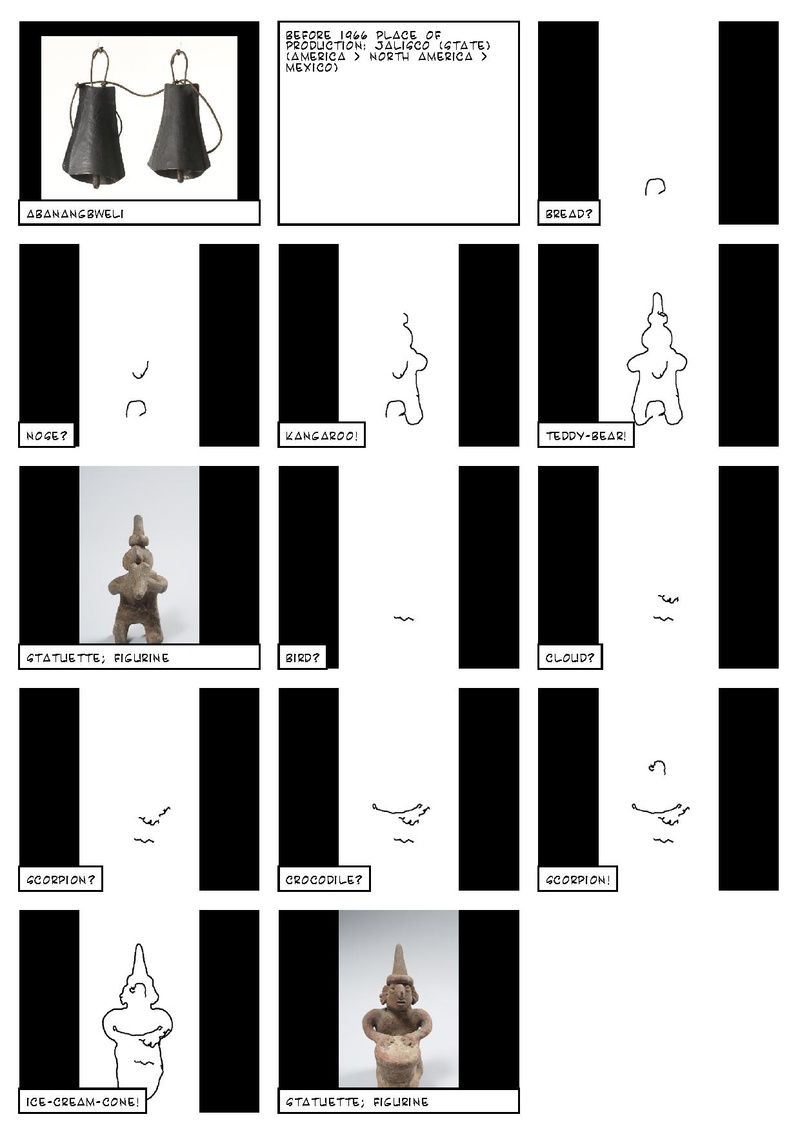Difference between revisions of "Projects:Sketchy recognition"
| Line 22: | Line 22: | ||
* Special sauce, bugs and fixes: Michael and Nicolas | * Special sauce, bugs and fixes: Michael and Nicolas | ||
| − | == | + | ==== (Re)sources ==== |
| − | + | <blockquote>Humans have used sketching to depict our visual world since prehistoric times. Even today, sketching is possibly the only rendering technique readily available to all humans. This paper is the first large scale exploration of human sketches. We analyze the distribution of non-expert sketches of everyday objects such as 'teapot' or 'car'. We ask humans to sketch objects of a given category and gather 20,000 unique sketches evenly distributed over 250 object categories. With this dataset we perform a perceptual study and find that humans can correctly identify the object category of a sketch 73% of the time. We compare human performance against computational recognition methods. We develop a bag-of-features sketch representation and use multi-class support vector machines, trained on our sketch dataset, to classify sketches. The resulting recognition method is able to identify unknown sketches with 56% accuracy (chance is 0.4%). Based on the computational model, we demonstrate an interactive sketch recognition system. We release the complete crowd-sourced dataset of sketches to the community.<ref>[https://quickdraw.withgoogle.com QuickDraw (with Google)]</ref></blockquote> | |
| − | |||
| − | |||
| − | |||
| − | |||
| − | |||
| − | |||
| − | |||
| − | |||
| − | |||
| − | |||
| − | |||
| − | |||
| − | |||
| − | |||
* [https://gitlab.constantvzw.org/diversions/diversions-2019/tree/master/sketchrecognition Code for this project] | * [https://gitlab.constantvzw.org/diversions/diversions-2019/tree/master/sketchrecognition Code for this project] | ||
* [http://sicv.activearchives.org/logbook/you-were-asked-to-draw-an-angel/ You were asked to draw an angel] | * [http://sicv.activearchives.org/logbook/you-were-asked-to-draw-an-angel/ You were asked to draw an angel] | ||
| Line 45: | Line 31: | ||
* [http://cybertron.cg.tu-berlin.de/eitz/projects/classifysketch/ How Do Humans Sketch Objects?], Eitz, Hays, Alexa (2012) | * [http://cybertron.cg.tu-berlin.de/eitz/projects/classifysketch/ How Do Humans Sketch Objects?], Eitz, Hays, Alexa (2012) | ||
| − | + | ==== Code ==== | |
| − | |||
| − | |||
| − | |||
* C/C++ implementation for the paper "How do Human Sketch Objects?" https://github.com/GTmac/Classify-Human-Sketches | * C/C++ implementation for the paper "How do Human Sketch Objects?" https://github.com/GTmac/Classify-Human-Sketches | ||
| Line 54: | Line 37: | ||
* [https://github.com/jalayrac/sketch-recognizer Jean-Baptist Alayrac's working python code] (what we ended up using) | * [https://github.com/jalayrac/sketch-recognizer Jean-Baptist Alayrac's working python code] (what we ended up using) | ||
| − | [[Sketchy sketches|Working sketches + notes]] (not in publication) | + | Collections: ''Koninklijke Musea voor Kunst en Geschiedenis/MIM (Carmentis)'' |
| + | |||
| + | |||
| + | [[Sketchy sketches|Working sketches + notes]] (not in publication v1) | ||
[[category:translate]] | [[category:translate]] | ||
| + | |||
| + | === References / References / Referenties === | ||
Revision as of 05:30, 10 September 2019
Nicolas Malevé, Michael Murtaugh
Sketchy recognition
Bread, Nose, Kangaroo or Teddy Bear?
A photograph from the collection of the Museum of Musical Instrument is processed by a contour detector algorithm. The algorithm draws the lines it found on the image sequentially. While it is tracing the contours, another algorithm, a sketch detector, tries to guess what is being drawn. Is it bread? A kangaroo? It is a teddy bear.
Sketchy Recognition (working title) is an attempt to provoke a dialogue with, and between, algorithms, visitors and museum collections.
Cast:
- Musical instruments: MIM collection, Brussels.
- Line detector: The Hough algorithm in the OpenCV toolbox, originally developed to analyse bubble chamber photographs.
- Sketch recognizer: an algorithm based on the research of Eitz, Hays and Alexa (2012), and the code and models by Jean-Baptiste Alayrac.
- Data: from the hands of the many volunteers who contributed to Google's Quick, Draw! Dataset.
- Special sauce, bugs and fixes: Michael and Nicolas
(Re)sources
Humans have used sketching to depict our visual world since prehistoric times. Even today, sketching is possibly the only rendering technique readily available to all humans. This paper is the first large scale exploration of human sketches. We analyze the distribution of non-expert sketches of everyday objects such as 'teapot' or 'car'. We ask humans to sketch objects of a given category and gather 20,000 unique sketches evenly distributed over 250 object categories. With this dataset we perform a perceptual study and find that humans can correctly identify the object category of a sketch 73% of the time. We compare human performance against computational recognition methods. We develop a bag-of-features sketch representation and use multi-class support vector machines, trained on our sketch dataset, to classify sketches. The resulting recognition method is able to identify unknown sketches with 56% accuracy (chance is 0.4%). Based on the computational model, we demonstrate an interactive sketch recognition system. We release the complete crowd-sourced dataset of sketches to the community.[1]
- Code for this project
- You were asked to draw an angel
- Assisted drawing ... original blog post
- How Do Humans Sketch Objects?, Eitz, Hays, Alexa (2012)
Code
- C/C++ implementation for the paper "How do Human Sketch Objects?" https://github.com/GTmac/Classify-Human-Sketches
- Python/Jupyter https://github.com/ajwadjaved/Sketch-Recognizer
- Jean-Baptist Alayrac's working python code (what we ended up using)
Collections: Koninklijke Musea voor Kunst en Geschiedenis/MIM (Carmentis)
Working sketches + notes (not in publication v1)



